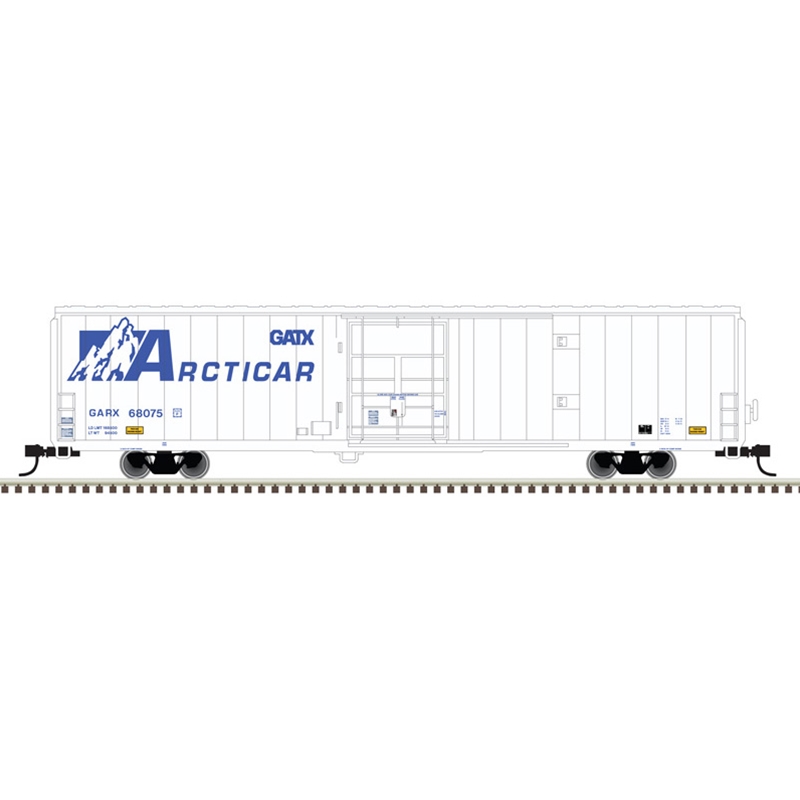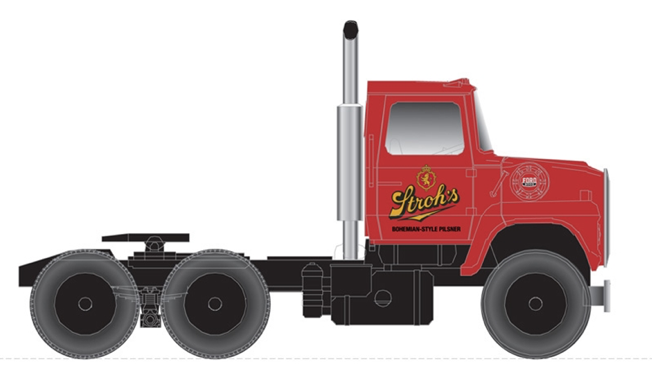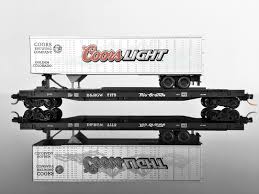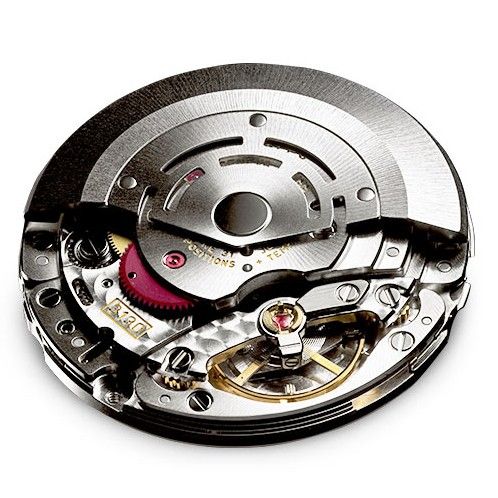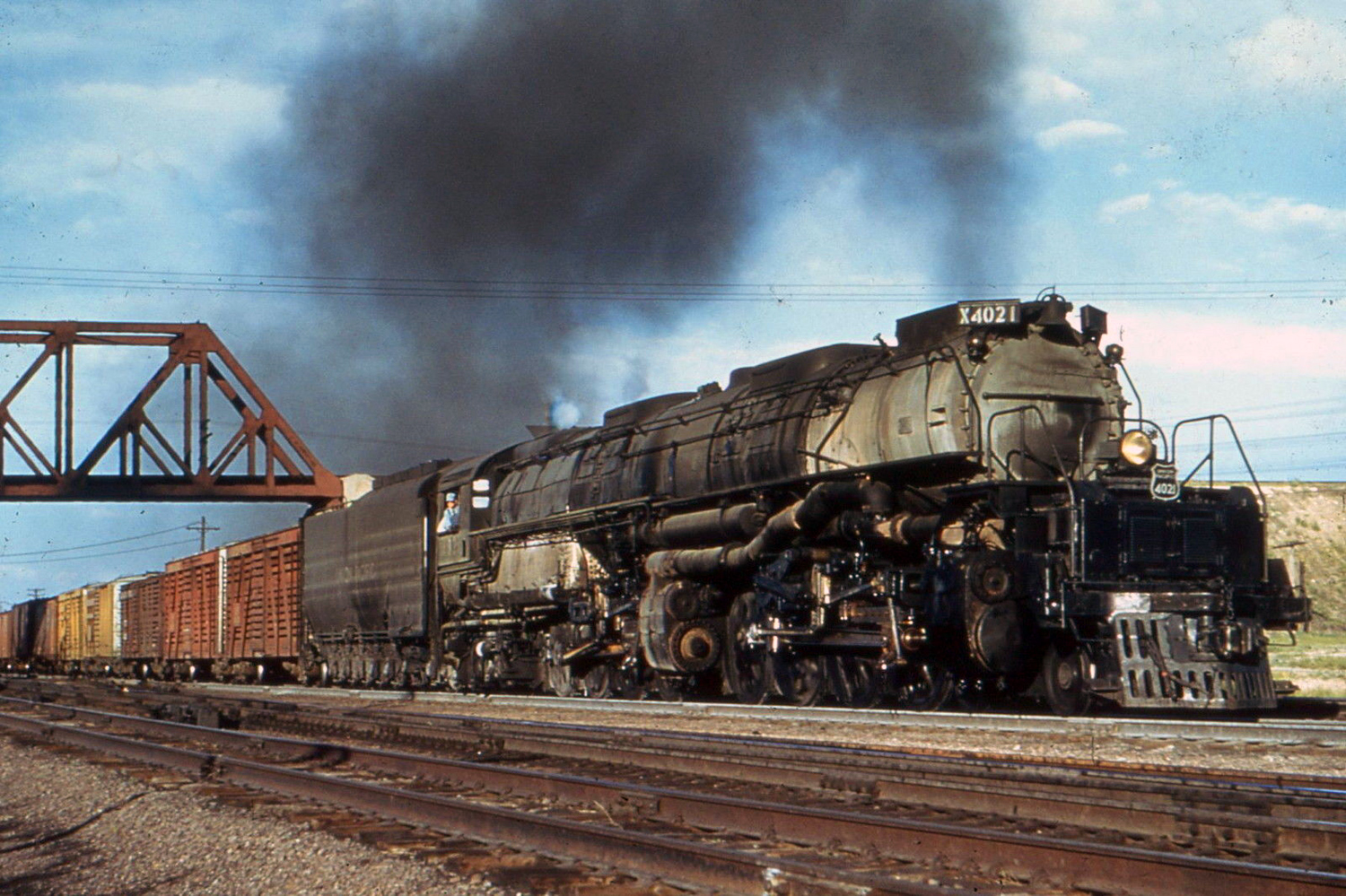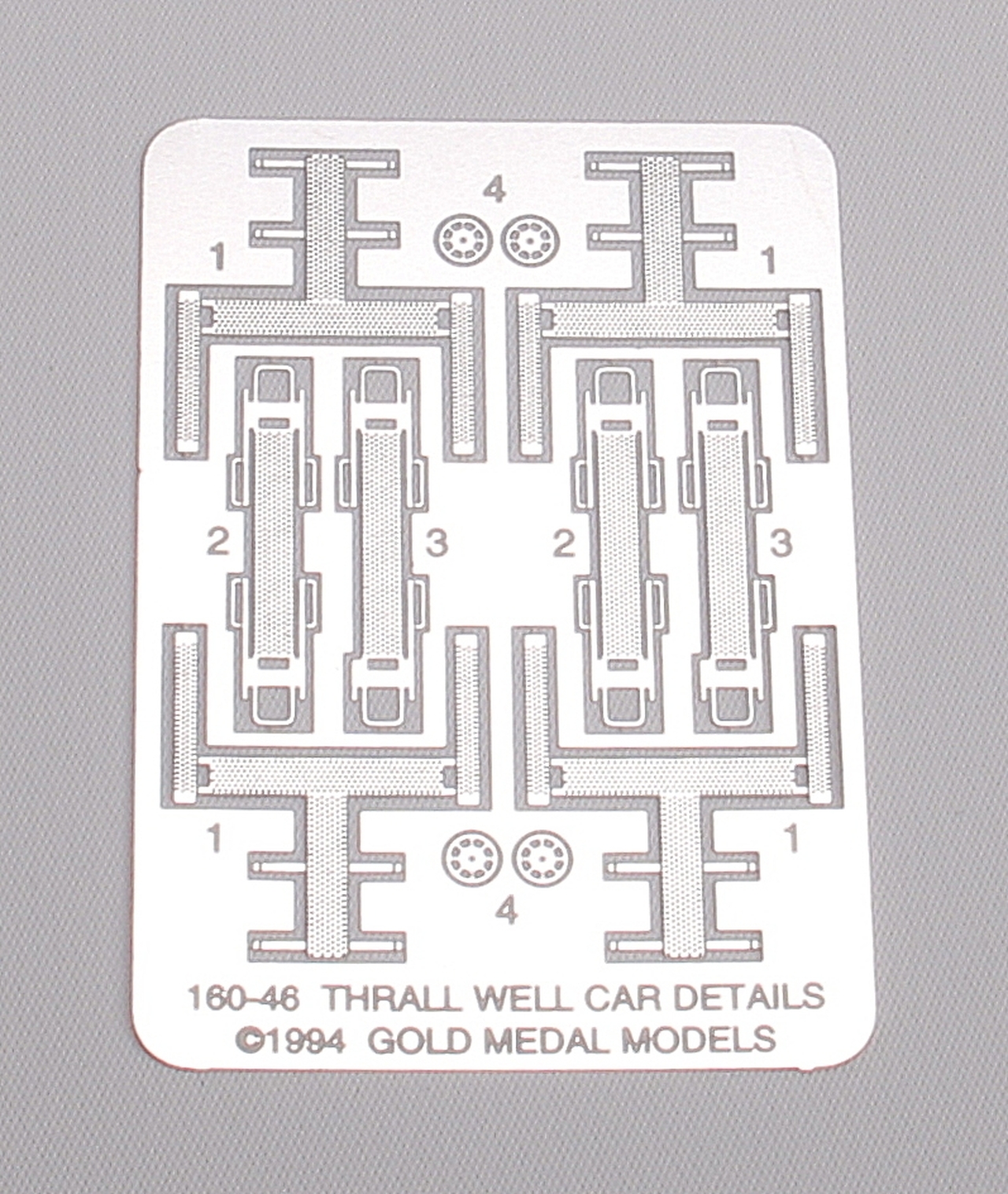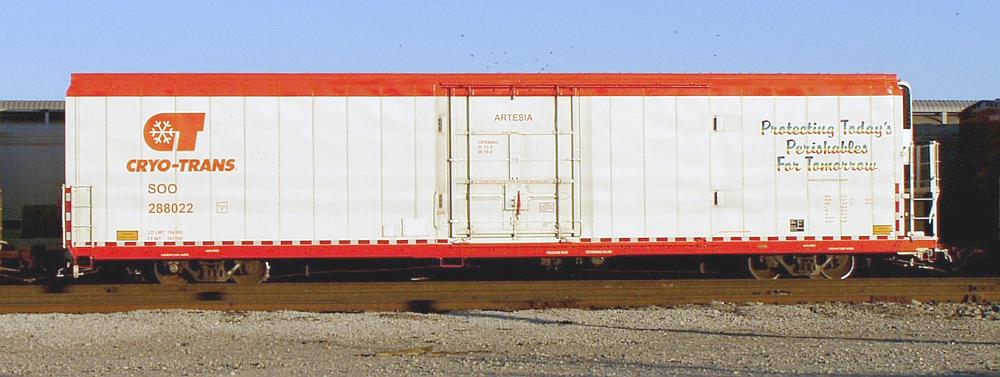Model Information: In the 1990s, Walthers decided that they should develop their own toolings in China to manufacture their own rolling stock. In the past they had imported N Scale rolling stock from European manufacturers such as Roco with their own paint schemes and packaging, but China was new. Many other manufacturers were able to vastly reduce their costs by working with Sanda Kan, Kader and other Hong Kong based manufacturers to produce good quality plastic rolling stock and locomotives and them importing them to the United States.
This is an example of one of the handful of toolings Walthers developed to be produced in China and imported with Walthers branding. It is not particularly special. These cars are similar in terms of mold detail to the stuff being put out by Roco, Atlas, Rivarassi, Mehano, Lima etc since the late 1960s. The printing is 1990s grade which is to say a lot better than 1967. They feature the ubiquitous truck-mounted Rapido couplers with low-profile plastic wheels. Either because it wasn't very popular or Walthers was able to keep exclusive rights to the tooling, this model was never imported by Life-Like, Model Power or anyone else.
Atlas Model Railroad announced in May 2021 a series release of these recently acquired models from Walthers - estimated delivery date 2nd-quarter 2022.
This is an example of one of the handful of toolings Walthers developed to be produced in China and imported with Walthers branding. It is not particularly special. These cars are similar in terms of mold detail to the stuff being put out by Roco, Atlas, Rivarassi, Mehano, Lima etc since the late 1960s. The printing is 1990s grade which is to say a lot better than 1967. They feature the ubiquitous truck-mounted Rapido couplers with low-profile plastic wheels. Either because it wasn't very popular or Walthers was able to keep exclusive rights to the tooling, this model was never imported by Life-Like, Model Power or anyone else.
Atlas Model Railroad announced in May 2021 a series release of these recently acquired models from Walthers - estimated delivery date 2nd-quarter 2022.
Prototype History: In 1985, Cryo-Trans, Inc. entered the shipping world on American railroads. On August 12, 1986 a patent was filed for a Cryogenic Refrigeration System. Work began on CRYX No. 1200 in June 1987 at the Greenbrier Rail Services facility in Portland, Oregon. On July 1, the outer shell for the car was completed. The car was then sent to Gunderson Rail Services in Finley, Washington for work on the interior, cryogenic system, paint, and decals. On November 10, the patent for the cryogenic system was approved (Pat. No. 4,704,876). A Canadian patent was also filed by Cryo-Trans that year, but was not approved until December 18, 1990 (Pat. No. C 127784).
Cryogenic reefers work by having a cryogenic liquid (CO2 I believe) injected into the car, which circulates inside the walls, roof, and floor to keep things frozen.
Cryogenic reefers work by having a cryogenic liquid (CO2 I believe) injected into the car, which circulates inside the walls, roof, and floor to keep things frozen.
Road Name History: GATX Corporation (NYSE: GMT) is an equipment finance company based in Chicago, Illinois. Founded in 1898, GATX's primary activities consist of railcar operating leasing in North America and Europe. In addition, GATX leases locomotives in North America, and also has significant investments in industrial equipment. GATX derives its name from its primary reporting mark for its North American railcars, "GATX". The mark itself was derived from GATX's prior corporate name, General American Transportation Corporation. Since all non-railroad owners of railcars must append an "X" to the end of their mark, GAT became GATX. The General American Transportation Corporation became GATX Rail Corporation, a unit of the GATX Corporation, on January 1, 2000.
GATX mainly applies the GATX mark to tank cars, although the mark has been used in other examples such as with hoppers; GATX's primary freight car marks are GACX (for general-service freight cars), GGPX (for coal cars), GIMX (for intermodal cars), GPLX (for plastic pellet cars), GMTX and LLPX (for locomotives), and GPFX (for pressure-differential cars). GATX also owns a number of other marks, including GABX, GAEX, GFSX, GOHX, GSCX, IPSX, and TRIX. Many GATX cars carry a large "GATX" logo in the upper right-hand corner of the car regardless of the reporting mark they carry; this logo is applied for marketing reasons and does not have any operational significance.
GATX engages in both full-service and net leasing of railcars. In a full-service lease, a GATX-owned mark is applied to the car, and GATX maintains the railcar and pays for any required property insurance and property taxes. In a net lease, the lessee applies its mark to the car, and the lessee pays for any required property insurance and property taxes. Often, on a net-leased car, there is no evidence of GATX ownership, although some net lease cars carry a GATX logo.
The most common type of car in the GATX North American fleet is the tank car; other major car types include covered hoppers, open-top hoppers, and gondolas. GATX invests in nearly every type of railcar operated in North America. In Europe, tank cars also make up GATX's largest fleet, but unlike in North America, GATX's European fleet includes substantial quantities of intermodal cars which are owned in a GATX joint venture called AAE Cargo. In contrast, GATX's North American intermodal car fleet is relatively small. This is true of most North American operating lessors; historically the bulk of the industry's intermodal investment has been made by TTX Corporation, which is jointly owned by North America's Class I railroads. X Corporation, which is jointly owned by North America's Class I railroads.
GATX mainly applies the GATX mark to tank cars, although the mark has been used in other examples such as with hoppers; GATX's primary freight car marks are GACX (for general-service freight cars), GGPX (for coal cars), GIMX (for intermodal cars), GPLX (for plastic pellet cars), GMTX and LLPX (for locomotives), and GPFX (for pressure-differential cars). GATX also owns a number of other marks, including GABX, GAEX, GFSX, GOHX, GSCX, IPSX, and TRIX. Many GATX cars carry a large "GATX" logo in the upper right-hand corner of the car regardless of the reporting mark they carry; this logo is applied for marketing reasons and does not have any operational significance.
GATX engages in both full-service and net leasing of railcars. In a full-service lease, a GATX-owned mark is applied to the car, and GATX maintains the railcar and pays for any required property insurance and property taxes. In a net lease, the lessee applies its mark to the car, and the lessee pays for any required property insurance and property taxes. Often, on a net-leased car, there is no evidence of GATX ownership, although some net lease cars carry a GATX logo.
The most common type of car in the GATX North American fleet is the tank car; other major car types include covered hoppers, open-top hoppers, and gondolas. GATX invests in nearly every type of railcar operated in North America. In Europe, tank cars also make up GATX's largest fleet, but unlike in North America, GATX's European fleet includes substantial quantities of intermodal cars which are owned in a GATX joint venture called AAE Cargo. In contrast, GATX's North American intermodal car fleet is relatively small. This is true of most North American operating lessors; historically the bulk of the industry's intermodal investment has been made by TTX Corporation, which is jointly owned by North America's Class I railroads. X Corporation, which is jointly owned by North America's Class I railroads.
Brand/Importer Information: In 1924 Stephan Schaffan, Sr. founded the Atlas Tool Company in Newark, New Jersey. In 1933 his son, Stephan Schaffan, Jr., came to work for his father at the age of sixteen. Steve Jr. built model airplanes as a hobby and frequented a local hobby shop. Being an enterprising young man, he would often ask the owner if there was anything he could do to earn some extra spending money. Tired of listening to his requests, the hobby-store owner threw some model railroad track parts his way and said, "Here, see if you can improve on this".
In those days, railroad modelers had to assemble and build everything from scratch. Steve Jr. created a "switch kit" which sold so well, that the entire family worked on them in the basement at night, while doing business as usual in the machine shop during the day.
Subsequently, Steve Jr. engineered the stapling of rail to fiber track, along with inventing the first practical rail joiner and pre-assembled turnouts and flexible track. All of these products, and more, helped to popularize model railroading and assisted in the creation of a mass-market hobby. The budding entrepreneur quickly outgrew the limitations of a basement and small garage operation. Realizing they could actually make a living selling track and related products, Steve and his father had the first factory built in Hillside, New Jersey at 413 Florence Avenue in 1947. On September 30, 1949, the Atlas Tool Company was officially incorporated as a New Jersey company.
In 1985, Steve was honored posthumously for his inventions by the Model Railroad Industry Association and was inducted into the Model Railroad Industry Hall of Fame in Baltimore, Maryland. In addition, Steve was nominated and entered into the National Model Railroad Association Pioneers of Model Railroading in 1995.
In the early 1990s, the Atlas Tool Company changed its name to Atlas Model Railroad Company, Inc.
In those days, railroad modelers had to assemble and build everything from scratch. Steve Jr. created a "switch kit" which sold so well, that the entire family worked on them in the basement at night, while doing business as usual in the machine shop during the day.
Subsequently, Steve Jr. engineered the stapling of rail to fiber track, along with inventing the first practical rail joiner and pre-assembled turnouts and flexible track. All of these products, and more, helped to popularize model railroading and assisted in the creation of a mass-market hobby. The budding entrepreneur quickly outgrew the limitations of a basement and small garage operation. Realizing they could actually make a living selling track and related products, Steve and his father had the first factory built in Hillside, New Jersey at 413 Florence Avenue in 1947. On September 30, 1949, the Atlas Tool Company was officially incorporated as a New Jersey company.
In 1985, Steve was honored posthumously for his inventions by the Model Railroad Industry Association and was inducted into the Model Railroad Industry Hall of Fame in Baltimore, Maryland. In addition, Steve was nominated and entered into the National Model Railroad Association Pioneers of Model Railroading in 1995.
In the early 1990s, the Atlas Tool Company changed its name to Atlas Model Railroad Company, Inc.
Item created by: CNW400 on 2021-05-14 12:27:00
If you see errors or missing data in this entry, please feel free to log in and edit it. Anyone with a Gmail account can log in instantly.
If you see errors or missing data in this entry, please feel free to log in and edit it. Anyone with a Gmail account can log in instantly.


